I wished I had my camera this morning. Spring was aborted in the Northeast by a winter encore performance. This event was very annoying, frankly.
I dragged out my boots and hats and mittens out from the landing spot for the “off-season” bins and left the house with Nessie for our 6:30am walk.
Standing on the bridge crossing the creek I wished I had my camera. It was that time after a snow storm when the sun first reveals the skyfall of snow, but hasn’t had time to dismantle it yet. The tree branches are outlined with white. Sounds are muffled. The grey creek lies still waiting for the ducks. My footprints and Nessie’s are the only disturbances in the snow.
And then I go and wish I had my camera. Yup, I still haven’t learned.
Silence is when you don’t need a camera. You let go of the disappointment that you can’t take the gussied up trees home. You let go of the desire to make what is impermanent permanent. There is no digital copy for this moment in time, and there can’t be. I’m slowly learning that.

I’m not cheating here–I took this picture last week! I needed SOME picture for the blog post, didn’t I?
Silence is simply deep seeing the simple beauty of the snow; deep listening to it crackling on the branches, deep being, with no desire to shove the moment in my pocket with my camera.
It’s the wanting things to last that breaks the silence.


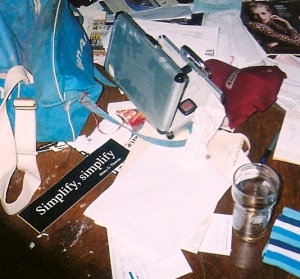

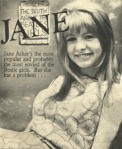
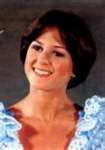

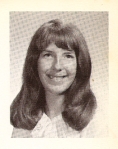
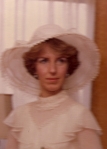


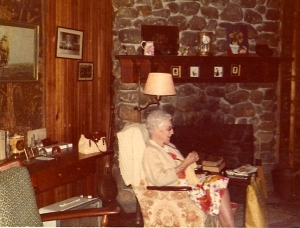
Recent Comments